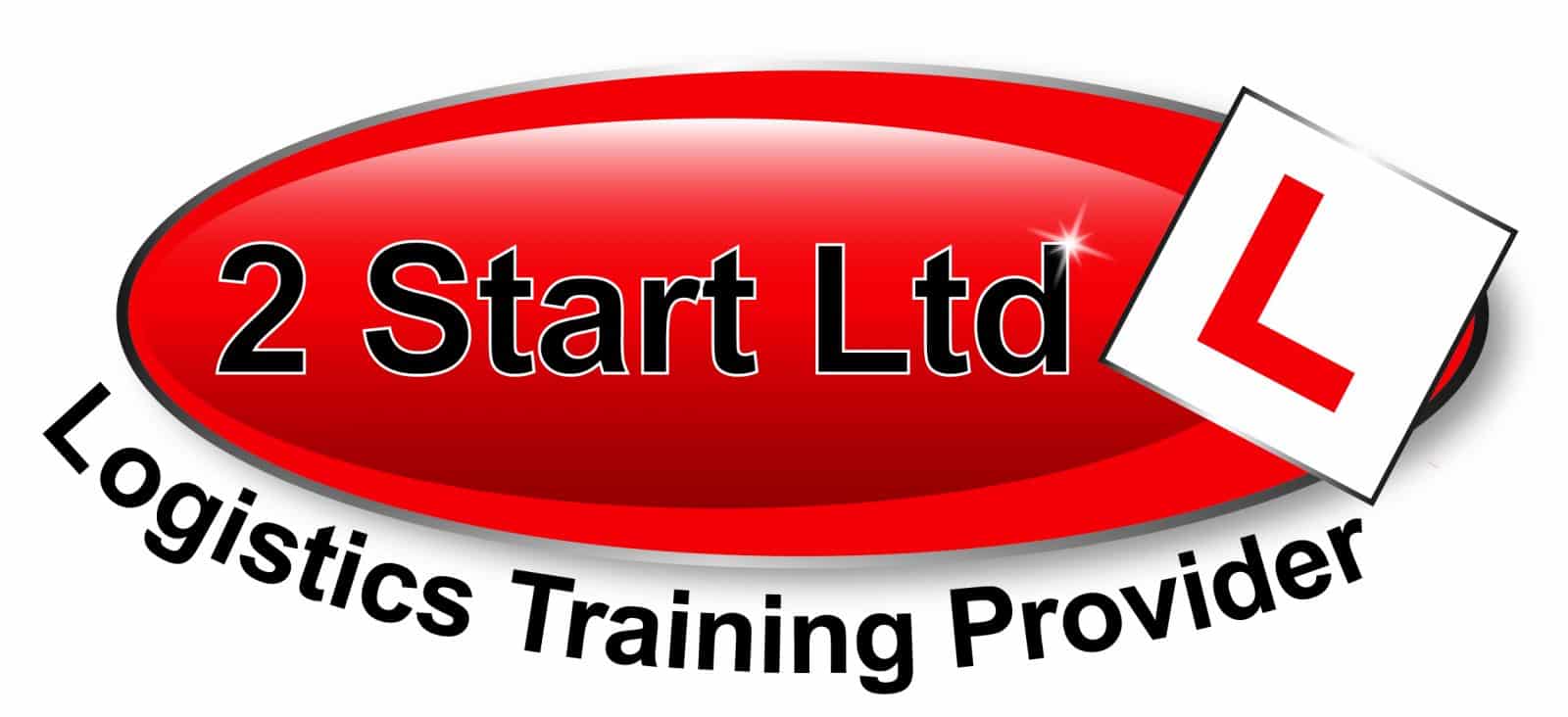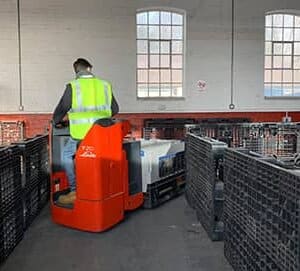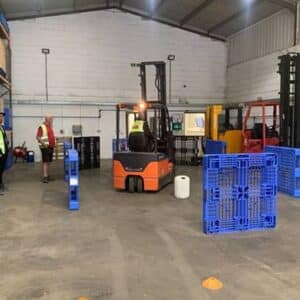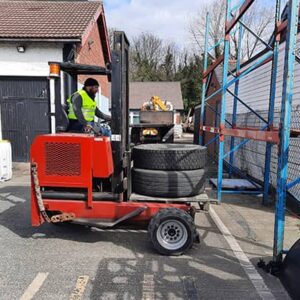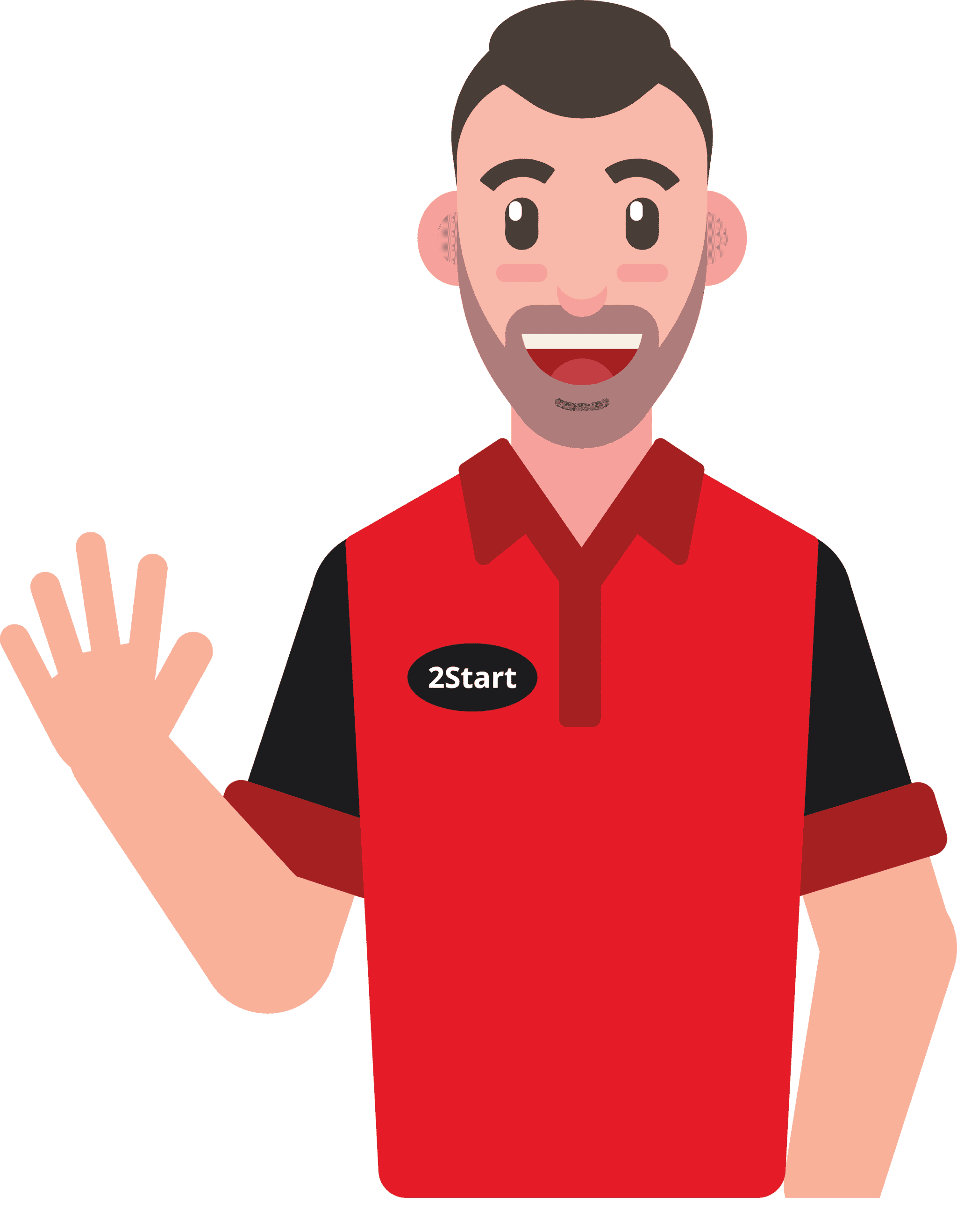Enquire Now
This course is ideal for those who already hold a forklift licence/certificate and want to convert to a powered pallet forklift. This could be someone converting from a Counterbalance to a Powered Pallet Truck. The length of this course varies depending on which truck you are already qualified in using and the type of truck you are converting too.
Similar to our other courses, you will need to complete three tests once training has been completed; a theory test, a pre-use inspection test and the practical skills test. All three of these tests need to be passed in order for you to achieve obtaining your certificate and operator card.
Course length could be shortened if the course is not booked at full capacity.
Book online today
Call our advisors 02392 123 555
Speak with our experienced advisors Monday - Friday 7:00am - 5:30pm
Pallet Truck Course Details
2 Start Training is a Category 3 Independent Training Standards Scheme and Register (ITSSAR) accredited training centre for operator and instructor training for Powered Pallet Truck Training.
What is a powered pallet truck?
A Powered pallet truck or electric pallet mover is a piece of equipment that is used to move pallets at ground level, as well as loading and offloading pallets from various vehicles. A common place you’ll see people working with powered pallet trucks would be in a warehouse environment.
Locations
This course is available at all 4 of our depots which includes Portsmouth, Southampton, Worthing and Reading.
This course can also be completed at one of your sites, using your equipment which will allow your staff to train on the equipment that they will be using on a week in, week out. The areas we cover for training on one of your sites include; Portsmouth, Fareham, Chichester, Romsey, Eastleigh, Southampton, Reading, Newbury, Basingstoke, Crawley, Brighton and Worthing.
Facilities Required on your site
In order for training to be completed on one of your sites, using your equipment, there are requirements that you need to meet. You will need to have a training room that is suitable for the number of candidates participating and a sufficient amount of practical training space to complete assessments & testing. Also, delegates are required to wear PPE as per the company’s internal risk assessments.
Click the link to read our Facilities and Equipment Requirements Guide for more information on how to complete training on your site. Facilities and Equipment Requirements Guide.
Instructors
If you complete one of our forklift training courses, you will be taught by highly experienced professionals, who will give you all the skills and knowledge that you need to pass your Powered Pallet Truck test.
Duration
The length of your Powered Pallet Truck Conversion course will vary depending on which forklift truck you are currently qualified in using and which truck you are converting too.
Ratio
Our Powered Pallet Truck Conversion course is taught on a:
1 Truck : 3 Candidates : 1 Instructor
This ratio can be lowered to suit any requirements which can decrease the duration of your course.
Elements Covered
- Responsibilities under the health & safety at work act, 1974, PUWER & LOLER
- L117 Approved code of practice
- Operators Safety Code
- Battery maintenance and charging procedures
- Pre-use checks
- Factors affecting stability
- Motive controls
- Hydraulic controls
- Manoeuvring in open and confined areas including entry & aisle safety procedures
See what our students have to say!
Portsmouth
2 Start Ltd (Portsmouth), Unit 4 Shawcross Industrial Estate, Ackworth Road, Hilsea, Portsmouth, PO3 5HU
Call: 02392 123555
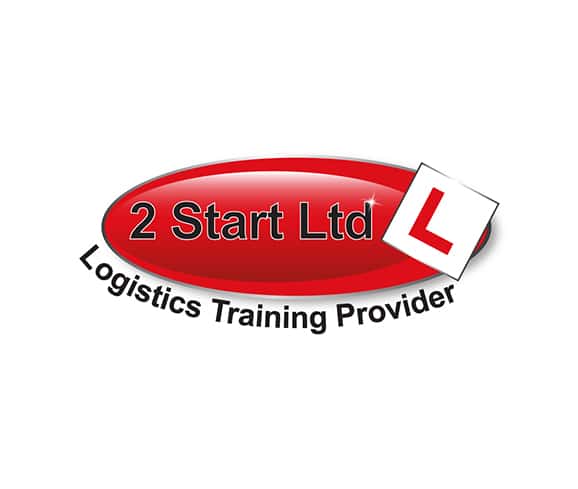
Theale
2 Start Ltd (Theale), Site C The Quarry, Deans Copse Road, Theale, RG7 4GZ
Call: 01184 021 861
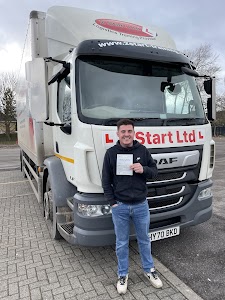
Southampton
2 Start Ltd (Southampton), Unit 2 Four Dells Farm, Poles Lane, Otterbourne, Winchester, SO21 2DY
Call: 02382 022975
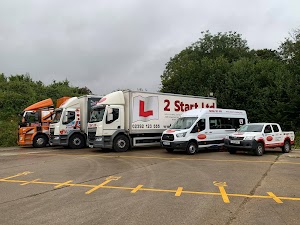
Reading
2 Start Ltd (Reading), Unit 32 Youngs Industrial Estate, Paices Hill, Reading, RG7 4PW
Call: 01184 021861
Worthing
2 Start Ltd (Worthing), The Vinery Ind Est, Unit 54 & 55, Poling, Worthing, BN18 9PY
Call: 01903 952410
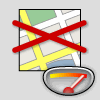
Call our advisors 02392 123 555
Speak with our experienced advisors Monday - Friday 7:00am - 5:30pm
Subscribe To Our Newsletter
Get all the latest updates, last minute cancellations and offers.
Sign up for our newsletters and receive periodic updates and industry news, changes to licence & operator legislation, updates about the training courses, last-minute cancellations and offers.
